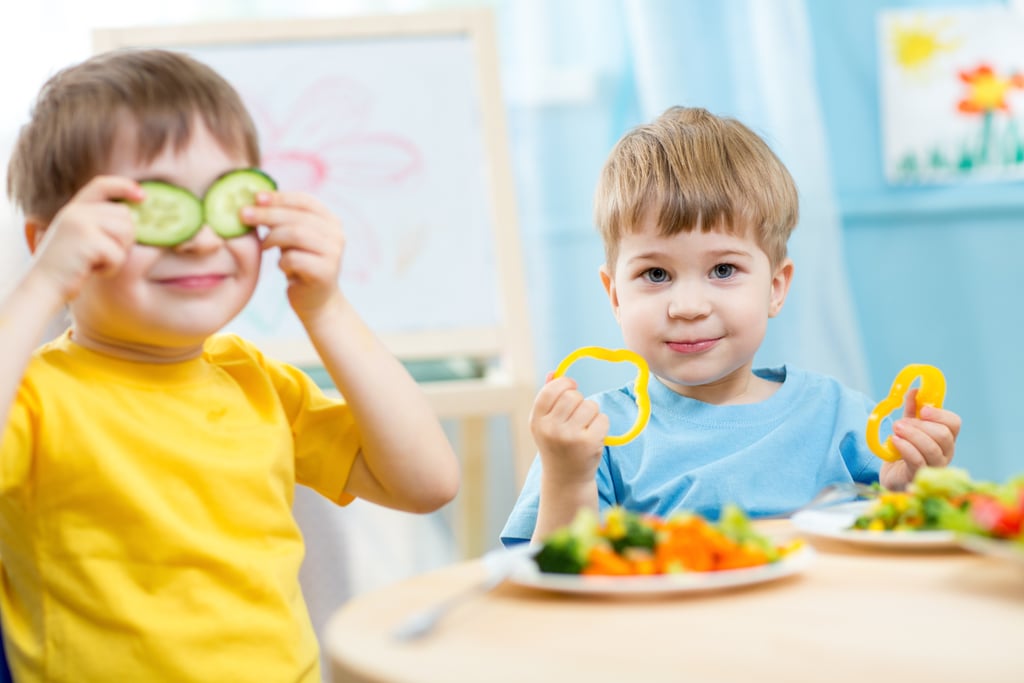Without realizing it, being busy at work or doing activities every day sometimes makes parents pay less attention to choosing healthy food sources for children. For this reason, most children are very fond of buying unhealthy snacks because they do not understand the side effects.

- Make meal times a priority
From a young age, don’t make it a habit for children to eat while pursuing other activities. Whether it’s playing, fiddling with gadgets, or watching TV.
This can make him less focused when eating, and even become a bad habit into adulthood later.
Make mealtimes an important routine to build healthier habits.
In addition to serving a variety of healthy food sources for children, make it a habit for them to eat with other family members at the dinner table.
Spending mealtimes with children like this can be a good opportunity to monitor their daily eating habits.
You can ask about what food and snacks your child has eaten all day, and remind them of the pros and cons of consuming these foods.
In fact, this method can build stronger interactions between family members.
Don’t forget to set a good example during meals, if you want your little one to adopt good eating habits from an early age.
- Involve children more often when choosing food intake
In the beginning, children may be more interested in choosing types of food that are less healthy but delicious for them.
Your task here is to help children sort out which types of food are good and which are not good for consumption.
Also teach children to read food labels before buying them.
The goal is for them to know what the nutritional content is in the food they choose.
- Limit consumption of sugar, salt and fat in a day according to the rules
Even though it is needed by the body, the daily intake of sugar, salt and fat should not be too excessive or even lacking.
Ideally, consume a maximum of 50 grams of sugar a day or about 4 tablespoons.
Meanwhile, salt should be no more than 5 grams or the equivalent of 1 teaspoon per day.
Likewise with fat which should not be more than 67 grams per day or the equivalent of 5 tablespoons.
This amount includes those contained in food and drinks.
Don’t forget to pay attention to the labels on food for children
Don’t just look at the price when shopping. Many mothers tend to look at the price and brand of a food product.
In fact, another important thing that must also consider is reading the food labels.
Yes, there will be times when you will buy processed foods. To find out the nutritional value of these food products, you can see the nutritional value.
Choose products that contain low levels of sugar, saturated fat, and sodium.
A food ingredient is consider “good” if each portion contains 5 percent or less of the daily sugar, saturated fat, or sodium capacity.
Meanwhile, food ingredients are said to be “bad” if each portion contains more than 20 percent or more of sugar, saturated fat, or sodium.